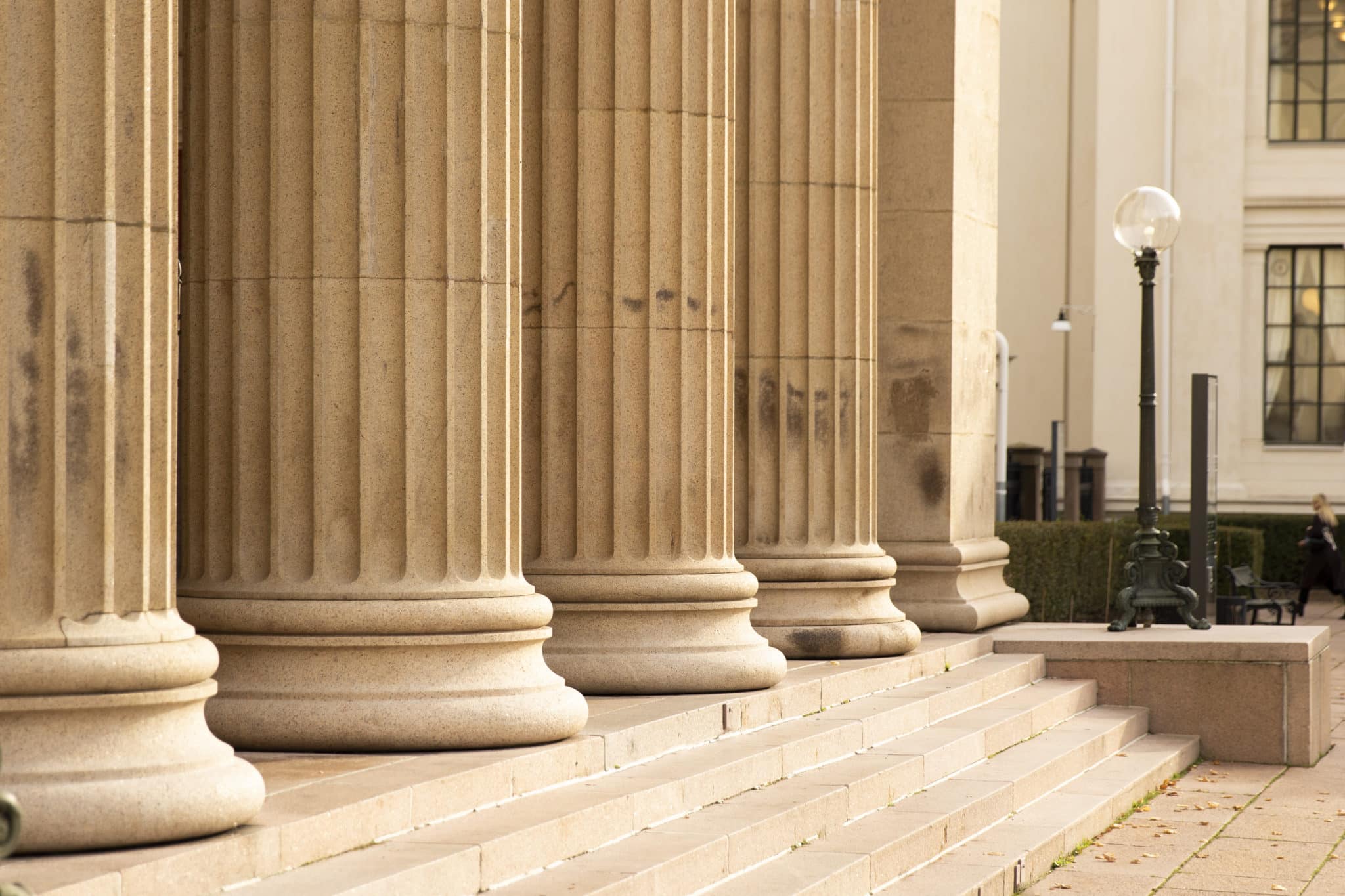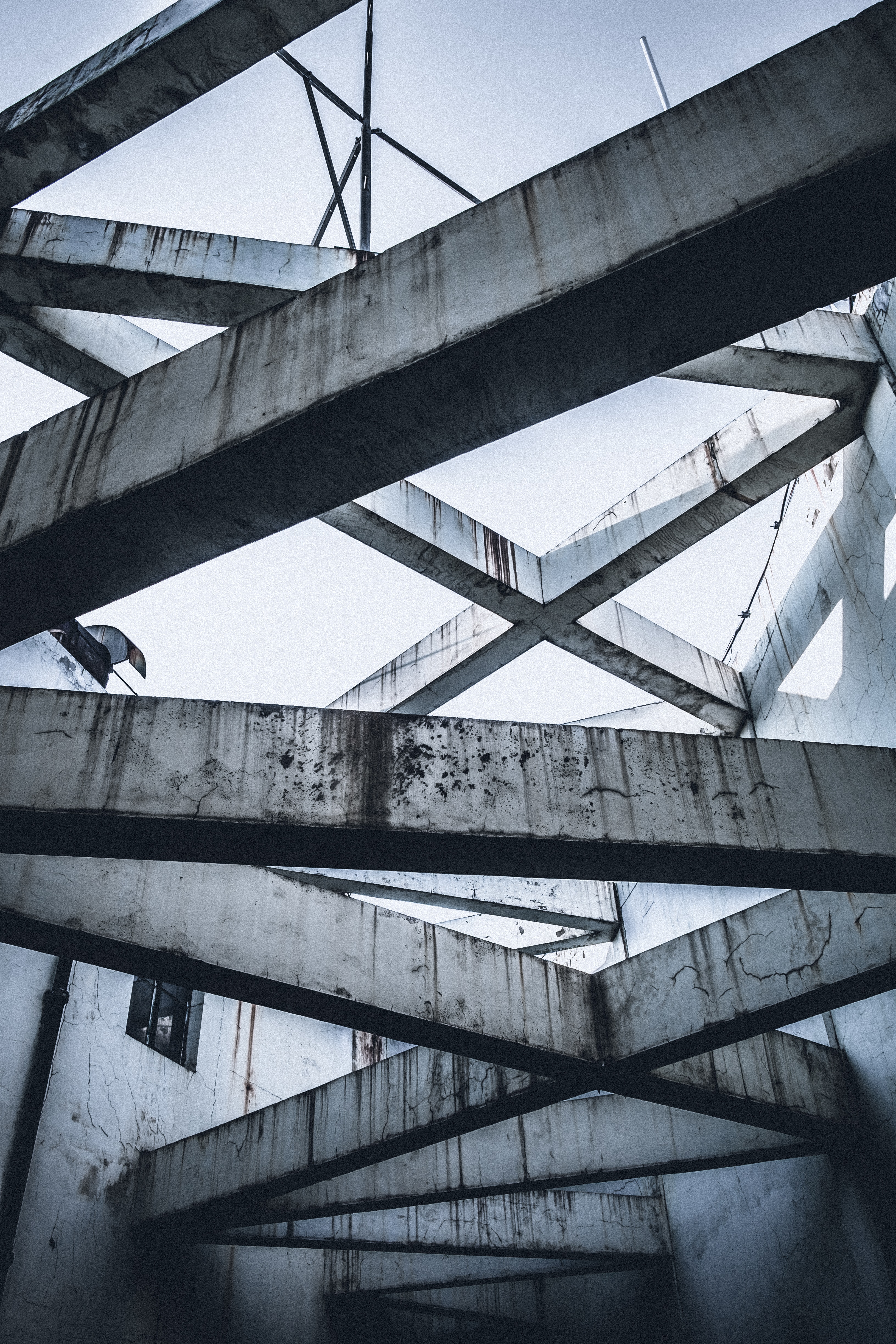Background
In a controversial first-instance decision, the Oslo District Court concluded that the screens did not infringe Apple’s trademark rights. This decision was overturned by the Court of Appeals and the defendant appealed to the Supreme Court. The case before the Supreme Court was narrowed down to the question of whether covering up the Apple logo meant that the trademark had not been ‘used’ as required for infringement pursuant to Section 4 of the Norwegian Trademarks Act (compare with Article 5 of the EU Trademarks Directive (89/104/EC)).
The defendant argued that there was no trademark use or threat to the trademark function of guaranteeing its origin and quality, as the Apple logo had been covered up and the logo would not be visible for consumers once the screen had been attached to the iPhone as part of the repair process. However, on 2 June 2020 the Supreme Court unanimously awarded in favour of Apple that the screens were infringing (HR-2020-1142-A).
Decision
In its assessment, the Supreme Court first noted that the market for spare parts consisted of professional repair services and that Apple branded its original spare parts to indicate to this market that they were manufactured by Apple. While the covered-up Apple logo would not be visible to consumers after installation, it would be visible to the repairers performing the installation. Thus, the assessment must be made in relation to that market and not in relation to consumers. The court also noted that the marker used could easily be removed.
In its reasoning, the Supreme Court focused on the wider function of trademarks beyond the guarantee of origin and quality. Citing the European Court of Justice’s (ECJ’s) statements in Mitsubishi (C-129/17) on the objective of ensuring undistorted competition, the Supreme Court noted that the use of trademarks also has a marketing function. The Supreme Court stated that the proprietor of a trademark cannot have less protection in a situation where their trademark has been covered up compared with a situation such as that in Mitsubishi, where the trademark had been permanently removed. The court also pointed out that since the marker could be removed, it could not be ruled out that someone would later do so in order to increase the value of the spare parts and thereby create a risk of damage to the guarantee of origin and quality.
Further, the Supreme Court noted that even if the marker would not be removed, the visible covering of the trademark could create confusion about whether the screens were original or copies and that this in itself was sufficient to ascertain a risk of damage to the functions of the trademark. Arguably, this assessment is somewhat tenuous. Given that the court concluded that the relevant market is professional repair services, a higher degree of attention can be assumed and the covering up of trademarks would generally be understood as a signal that the goods are counterfeit. However, it cannot be excluded that some professional customers might instead understand it as a signal that the screens are grey market goods rather than counterfeits, thereby creating a risk of confusion.
The Supreme Court rejected the defendant’s arguments about the need to establish a market for repairs and spare parts from a sustainability perspective as irrelevant. The court simply pointed out that the Trademark Act does not prevent the import of unoriginal spare parts compatible with iPhones as long as such parts do not use Apple’s trademarks.

Comment
The Supreme Court’s decision confirms that the interpretation and application of the condition for ‘use’ of the trademark in Norwegian law conforms to the interpretation and application of the corresponding condition in EU trademark law. In Mitsubishi, the goods were original and the trademarks had been permanently removed. In the case before the Supreme Court, the goods were counterfeit and the covering of the trademarks was visible and could be easily reversed. Given that the Norwegian Trademark Act was interpreted in light of ECJ case law concerning the EU Trademark Directive, a verdict in the defendant’s favour would have been surprising.
However, as with Mitsubishi for EU trademark law, the Supreme Court’s decision raises the question of whether trademark protection is now essentially absolute or if there are any exceptions. Previously, owners of infringing goods in Norway could argue that the goods should be de-branded rather than destroyed. In light of recent ECJ and the Supreme Court decisions, it is difficult to imagine a case where de-branding is a relevant alternative to the destruction of infringing goods. This could arguably lead to the unnecessary waste of resources and environmental issues, which the Supreme Court have considered important considerations in cases concerning (for example) liability for defects in consumer goods. On the other hand, the de-branding defence is often irrelevant because the goods in themselves are infringing copies pursuant to Sections 25 and/or 30 of the Marketing Control Act and therefore still infringing even if the trademarks have been removed.
This article was first published on June 22, 2020 by the International Law Office.




